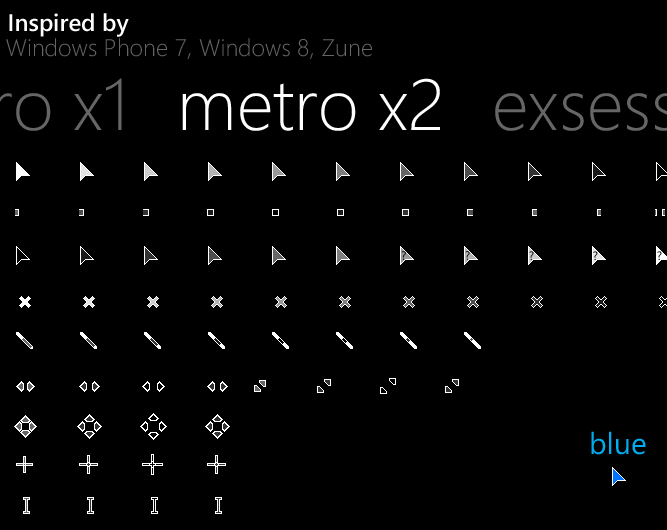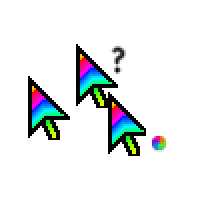

It’s a bit of extra work, but it really pays off in terms of user experience. You’ll need to ensure your animations behave properly on different devices and under different conditions. Yes, indeed! Cursor animations can be made responsive or adaptive, meaning they can adjust based on the user’s device or screen size. Can cursor animations be responsive or adaptive? The trend often revolves around creating subtle, yet noticeable animations that align with the brand’s style and the website’s theme.Īnd remember, trends come and go, so what’s important is to stay true to your brand and audience. Oh, there are so many! Parallax effects, cursor trails, magnetic buttons, shape morphing – you name it. What are some popular trends in cursor animation? So, moderation is the word! Make sure they align with your overall design and UX strategy. But if overused, they can become annoying, distracting, and even confusing. They can guide the user, offer feedback, and make the overall experience more enjoyable. Cursor animations can be an amazing tool when used right. Optimize, optimize, optimize! Is cursor animation considered good UX design? Always ensure your animations are smooth and don’t detract from the user experience due to lag or performance hiccups. Small, well-optimized animations won’t typically cause performance issues.īut heavy, complex animations might slow down your site if they aren’t coded properly. Does cursor animation affect website performance? But remember, balance is key! Don’t let animations overshadow your content.

Libraries like GSAP or Three.js could be used to make it simpler and more effective. CSS is often used to define basic cursor changes while JavaScript can be used for more complex, interactive animations. It generally involves some CSS and JavaScript. Implementing cursor animations, that’s a good question. How do I implement cursor animations in my website? Plus, let’s not forget, they can be just plain fun! The thing is, it’s like you’re turning a normal browsing session into a unique, personalized experience. They add an extra layer of visual feedback, often making navigation more intuitive. Well, cursor animations provide a way to improve user engagement and interaction on your site. What’s the purpose of using cursor animations? This can range from changing the cursor shape, adding trailing effects, or even creating fully interactive cursor animations based on user input. It’s like adding a touch of personality, uniqueness, or interactivity to your website. So, cursor animations are these tiny yet impactful details in web design that transform the look of the mouse cursor when it moves over a certain element.

What is a cursor animation in web design?Īh, right.


 0 kommentar(er)
0 kommentar(er)
